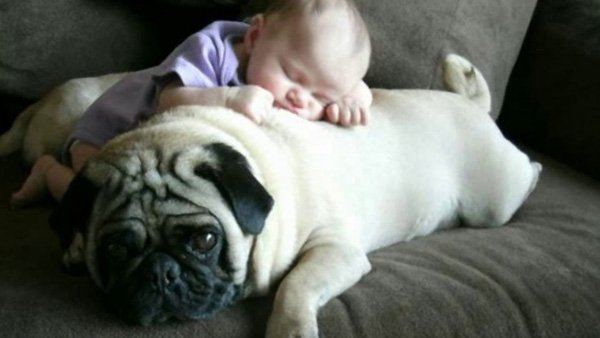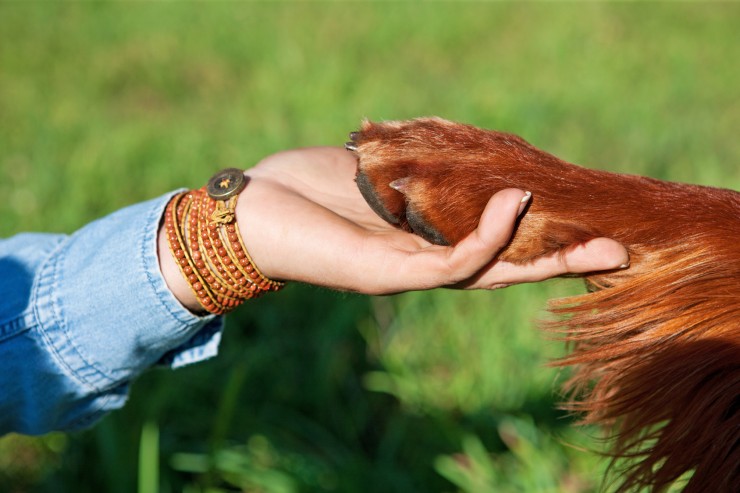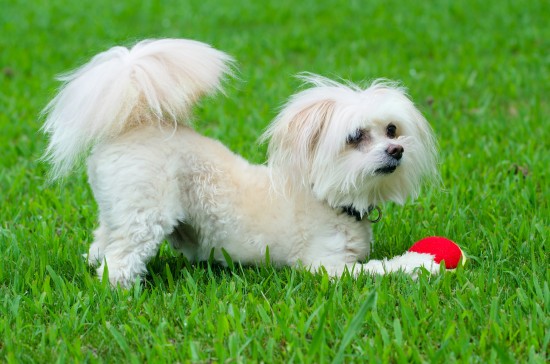Spinal injury is one of the most serious ailments that can affect dogs. If your canine pet acquires this injury, it can suffer rear paralysis. This is because, in most cases, the point of injury and downwards is the most vulnerable. When this happens, your dog can no longer move his rear legs.
Unfortunately, the condition of your paralyzed dog can be permanent. Veterinary studies reveal that there are only a few cases that rear paralysis is treated. As a person who treats your dog as a true friend, you will certainly have to maximize your efforts in taking caring of it.
One of the most pressing issues in taking care of a paralyzed dog is its cleanliness. Your dog may have been trained before to take a dump only in the designated spot. However, due to its current situation it will not be able to follow the rules that you set before. Most often, it may just decide to take a dump in the very spot where it stays. Due to this, you need to regularly clean your dog and the area where it stays most often. Bathing your dog and cleaning its spot in the house prevents diseases that may just harm it more.
It is the dog's nature to move towards what it is interested in, particularly if it's still young. Therefore, your pet may attempt to walk or move despite the rear paralysis. While doing this too much, your dog may only drag its rear and develop sores and rashes in the process. The problem is that you can't tell your dog to just stay in one place. Same as humans, they also would like to overcome their deficiencies. The best thing you can do is provide your pet with a means for him to be mobile still, like a dog wheelchair.
With a dog wheelchair, your pet can move easily from one place to the next. It may not be able to engage in some of the fun activities that require so much physicality but, at least, it doesn't get bored just dozing in a corner the whole day. In fact, it can already go back to defecating in the spot that you once assigned for it. By regaining some mobility, your dog will no longer suffer so much from its rear paralysis. Walking around the house has become possible again, which is a great coping mechanism for it.

 Importance of dog training schools and boarding services for your pet
Importance of dog training schools and boarding services f
Importance of dog training schools and boarding services for your pet
Importance of dog training schools and boarding services f
 How To Disinfect And Care For Minor Scratches On Your Dog’s Skin
How To Disinfect
How To Disinfect And Care For Minor Scratches On Your Dog’s Skin
How To Disinfect
 The Maltipoo - A Cute Hybrid Dog !
The Maltipoo - A
The Maltipoo - A Cute Hybrid Dog !
The Maltipoo - A
 The Planted Tank - How To Grow Plants Underwater
The Planted Tank
The Planted Tank - How To Grow Plants Underwater
The Planted Tank
 Great Pyrenees Grooming Tips – Special Techniques for Large Breed Dogs
Great Pyrenees Grooming Tips – Special Techniques for Large Breed Dogs